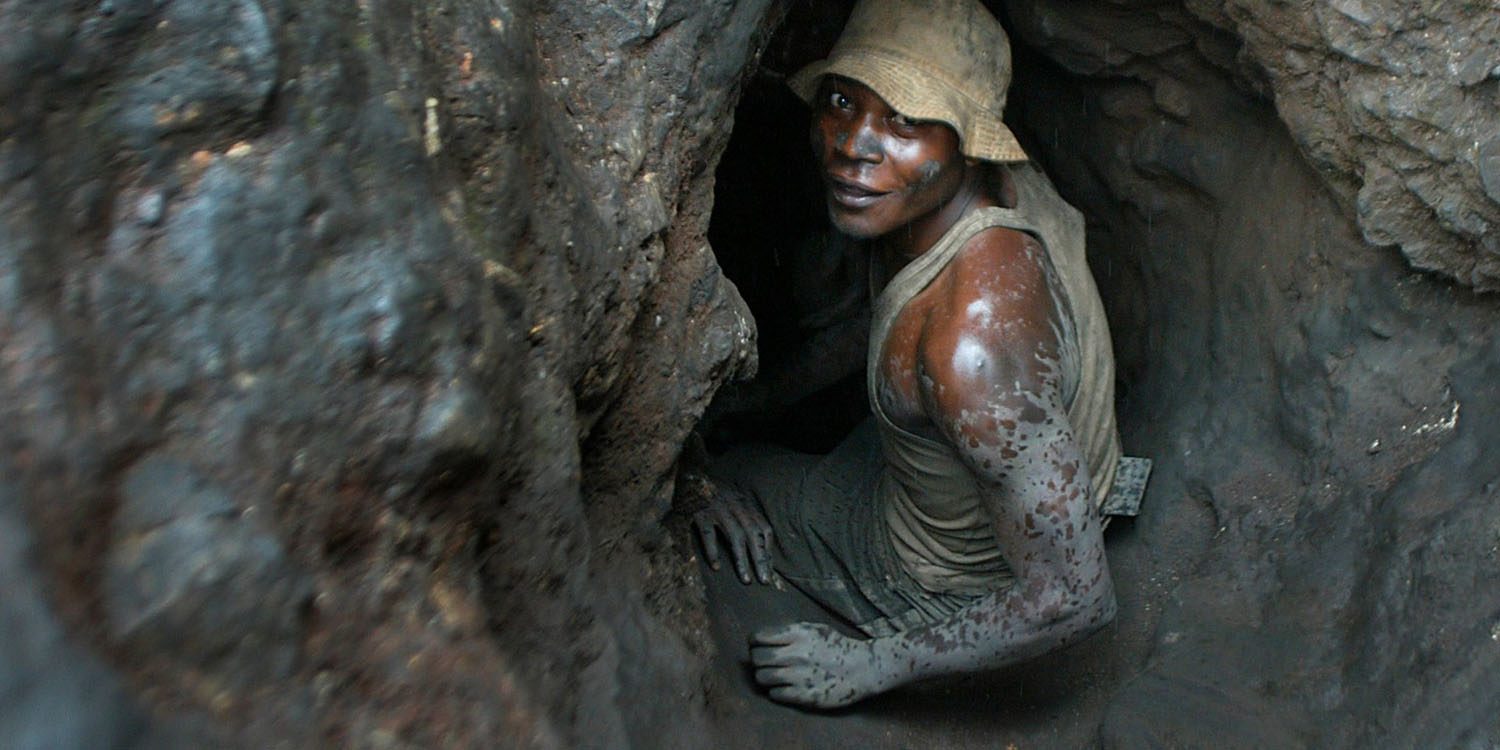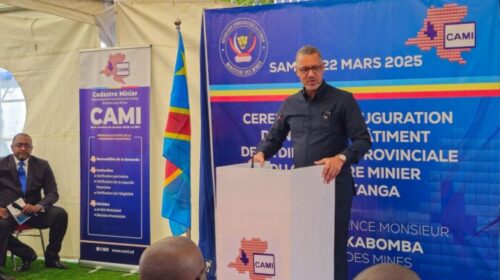Congo’s move to control artisanal cobalt is double-edged
The government of the Democratic Republic of Congo has announced ambitious plans to take control of the country’s wild-west artisanal cobalt sector.
A new state company, Enterprise Generale du Cobalt (EGC), has been given monopoly powers to purchase and market cobalt from the informal sector.
The move is being hailed by the government as a way to clean up a sector that is tarnished with a reputation for child labour, lax safety and illegal activity.
That would be very good news for the cobalt market.

The human cost of mining in the Congo, which accounts for more than 60% of global cobalt production, is one of the reasons companies such as Tesla are actively trying to engineer the metal out of their battery supply chain.
Congo’s humanitarian goals however go hand-in-hand with financial motives, firstly to boost tax revenues and secondly to exert more control over the cobalt price.
That may be less good news for the cobalt market.
Tainted cobalt
“We are going to eliminate child labour, we are going to eliminate labour by pregnant women and we are going to eliminate fraud in this sector so that the cobalt (…) will be responsible cobalt,” according to Albert Yuma, chairman of state mining company Gecamines, which will oversee the EGC.
The idea is the new company will act as monopoly buyer of cobalt from the cooperatives that pool the output of artisanal miners.
At the moment much of this “grey” production stream is bought by middle-men, mostly Chinese, who then sell the cobalt ore on to first-stage processors, also mostly Chinese.
Artisanal product becomes mixed with official-sector product, causing trace-ability problems for end-users desperate to avoid being tainted by allegations of using a metal generated by child or “slave” labour.
The EGC will use its purchasing power to extend official oversight on working conditions in the artisanal sector, using non-government organisations to select cooperatives based on their compliance with responsible sourcing criteria.
Those that don’t qualify will be “sanctioned,” according to Yuma. That may be a euphemism for being closed.
Such state intervention is a welcome development for the cobalt market.
The problems associated with artisanal cobalt mining in the Congo are generating an aggressive industry response with consumers trying to eliminate or at least drastically reduce the metal’s usage in lithium-ion batteries.
That in turn acts as a major hindrance to building out a sustainable and responsible cobalt supply chain.
Why invest in a new mine to produce a metal that even its users don’t want to use?
Price control
The government decree establishing the new state cobalt company also references “the necessity of controlling the entire artisanal supply chain and boosting government revenues through control of prices”.
At one level this makes sense.
Artisanal production and the grey-market supply chain it feeds are currently beyond the reach of the state.

Integrating artisanal production into the official sector should boost the government’s mineral take and put more money in the pockets of the miners, who receive a fraction of the cobalt price.
However, how far does Congo want to go in terms of “control of prices”?
The country’s informal sector is a powerful market actor, playing the role of global “swing producer”.
During periods of low pricing, such as that seen in the early part of the last decade, artisanal production falls as miners switch to more lucrative metals such as gold.
When the price explodes, such as during the boom years of 2017 and 2018, artisanal production steps up as miners return to cobalt sites.
Quantifying how much the informal sector produces is inevitably a tricky exercise.
Research house CRU has estimated that artisanal production surged from around 6,000 tonnes in 2016 to over 19,000 tonnes in 2017 as the cobalt price started booming. (“Artisanal mining will balance the cobalt market,” Oct 1, 2018).
It almost certainly increased again in 2018 as the price peaked close to $100,000 per tonne.
This surge of swing capacity then contributed to the market’s collapse back down to $30,000 last year, by which stage it’s a fair guess that many artisanal miners were squeezed out.
Buffer stock manager
If the new EGC is successful in its attempt to take control of artisanal production, which is still a big “if”, it will assume the mantle of global swing producer.
The company is planning to talk with financiers and is open to the idea of partnering with a private-sector player to ensure sufficient funds for its operations.
That suggests a level of ambition that goes beyond a clean-up of the domestic artisanal sector to an exertion of pricing power on the international market.
Congo, like its minerals-rich neighbor Zambia, is desperate to boost revenues from its mining sector. It has already aggressively hiked royalties on “strategic” metals such as cobalt.
Taking physical control over the artisanal supply chain would, from a government perspective, be another mechanism for ensuring a fair return for the extraction of Congo’s mineral riches.
In theory, the new monopoly could smooth out periodic air-pockets in the supply chain by timing the release of its cobalt.
In practice, the temptation to use its market power to support prices during periods of low-growth demand may prove irresistible.
History is littered with examples as to how such well-intentioned ambitions can come very badly undone.
The Tin Crisis of 1985-1986 looms largest of all in the industrial metal markets.
Successive multinational tin agreements, backed both by producers and consumer countries, tried to control the tin price within a mutually acceptable price band.
Things went well during the good years of strong tin demand and pricing but turned nasty when market conditions changed.
The buffer stock manager, charged with managing tin supply to the marketplace, ran out of money.
The tin price collapsed, causing a spate of mine closures, and the lawsuits flew. It took years for the market fully to recover.
Tin should serve as a warning to the Congo government to use its cobalt monopoly wisely.
The cobalt supply chain will welcome a concerted attempt to integrate artisanal mining into the formal sector. It may not be so receptive to such a powerful production driver being used to distort market pricing.
source: mining.com





